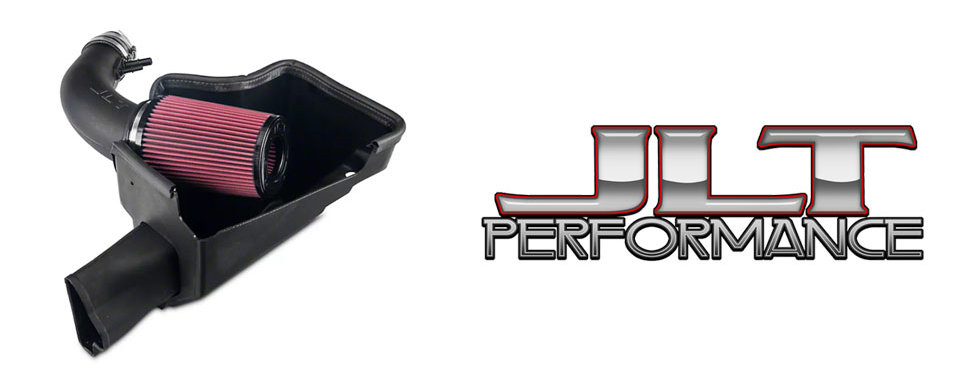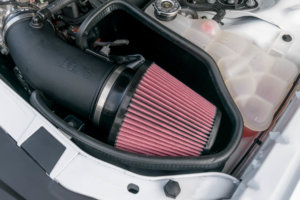Gear and Tech | News : May 17, 2021
Thousands of individual components work together to help your vehicle operate at its peak performance level. All those components would be inefficient if fuel, spark, and oxygen were missing from the operating equation. This article will concentrate on the oxygen your vehicle breathes and how we can improve the oxygen quality to improve performance.
So, how does your vehicle get the oxygen it needs?
Through the vehicle’s intake system. The air intake system will bring air from outside the vehicle, into the intake manifold and create an air/fuel mixture. This mixture is then ignited within the engine’s cylinders, providing you with Power!
Many times, the stock, or OEM, intake system is restrictive and does not supply the volume of air needed, at the temperature needed, to help drive performance. There are several ways to address this OEM limitation and a new intake system, either a Short Ram Intake (SRI) or Cold Air Intake (CAI), will help to quickly remedy this situation. The question is, which intake system is right for you?
Short Ram Intake (SRI)
Most OEM vehicles contain a resonator and silencer box to reduce the induction noise associated with the intake. The resulting impact of these items, besides the fact the induction noise we want to hear is reduced, is that they restrict the airflow into the intake manifold.
A SRI eliminates both the resonator and silencer box and provides air with a more direct path into the manifold and increases power. The system will also help provide you with a much better induction noise.
One issue that comes with a SRI is the quality of air it is delivering as the intake is exposed in your engine bay. The air in your engine bay is generally warmer than the air you would have received through the airbox due to the engine heating the air around it. Although the power is increased through less resistance, the warmer air decreases the overall performance gains seen with other intake types.
Cold Air Intake (CAI)
CAI systems aim to solve the warm engine bay air issue by providing you with two intake filter position options. The first option is by using a longer intake tube to help route the intake filter lower in the engine bay or into the fender well. Having a low-placed filter is great for taking in cooler air, but it is also a location that could potentially hydrolock the engine by pulling in water. Pulling water into your engine can cause significant damage and defeats any performance improvements you would have seen from the intake.
The second option is using a closed airbox, that is fed outside air, with a more direct flow for the air to travel. Many CAI are designed this way for daily-driven vehicles and utilize the factory air box location. This design helps to provide the vehicle with a shorter distance for the air to travel, colder air through a new closed-box location, and virtually eliminates the concern for hydrolock.
Which Is Right For You?
Not all intakes are created equal. From quality to performance perspective, there are TONS of choices and each delivers a different result. An intake is a key component to overall vehicle performance as it will not operate properly without it getting the oxygen it needs. Our Recommendation: Get a high-quality product that is going to deliver proven results.
At National Speed, we go to JLT, Cobb, APR, Cold Air Inductions for our customer projects and they consistently deliver great results. The mass majority of our staged packages include a CAI that was specially selected for your vehicle based on hundreds of installations and dyno pulls.


